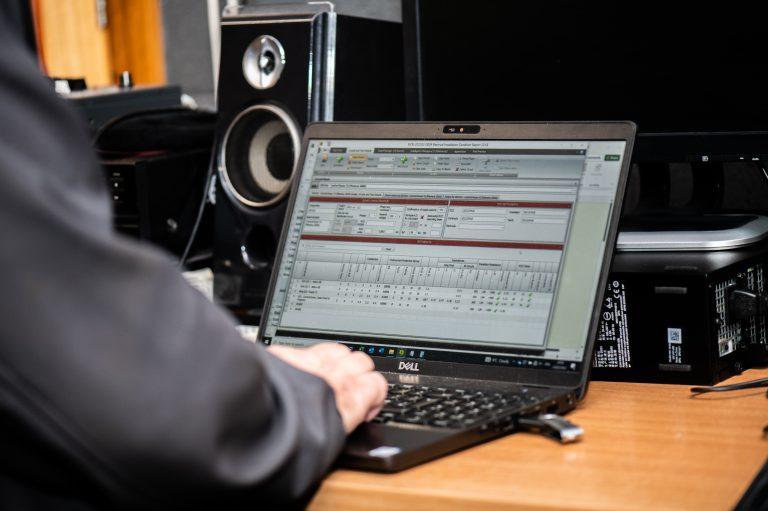You might be familiar with the three-phase cable colours of red, white and blue but this has all changed.
You might be familiar with the three-phase cable colours of red, yellow and blue but this has all changed with the implementation of Amendment No 2 to BS 7671:2001 (the IEE Wiring Regulations).
The Amendment specified new cable core colours for all new fixed wiring in electrical installations in the UK. These new colours are sometimes referred to as “harmonised” colours, as they bought the UK more closely in line with practice in mainland Europe.
Electrical installation work commencing after 31st March 2004 could use the traditional three-phase cable colours of red, yellow and blue or the new “harmonised” colours, but not both. Any Electrical Installation work commencing after 31st March 2006 must comply with the “harmonised” cable core colours and must not use the old colours.
It’s probably highly likely that your business is in a building that was built before 31st March 2006. If this is the case then for alterations or extensions to three-phase installations, it is recommended that old and new cables are marked at the interface L1, L2, L3 for the phases and N for the neutral. The marking should be made to both the new and old cables and is preferred to the use of coloured tape. A caution notice is required at the distribution board.
Alterations or additions to a single-phase installation do not require marking at the interface between old and new cabling providing that they are correctly coloured. However a warning notice must be fixed at the distribution board or consumer unit as demonstrated below.
Since Amendment No 2 in single-phase installations the fixed installation colours of red phase and black neutral are replaced by brown phase and blue neutral, respectively. The protective conductor is still identified by the colour combination green-and-yellow. For three-phase cables the phase colours are brown, black and grey, instead of red, yellow and blue, respectively, and the neutral colour is now blue instead of black. Again the protective conductor is still identified by the colour combination green-and-yellow.
Full details of the changes can be found in Amendment No 2 (AMD 14905) to BS 7671:2001 – which is a free download from the IEE website (www.iee.org/cablecolours).
If you have any further questions regarding cable colours or any other elements of Electrical Safety compliance then don’t hesitate to call Intersafe on 02380 610101. We are specialists in Periodic Inspection and Testing, PAT Testing and Thermal Imaging.
This warning notice can be found at a distribution board or consumer unit where the wiring colours are to two versions of BS 7671.




